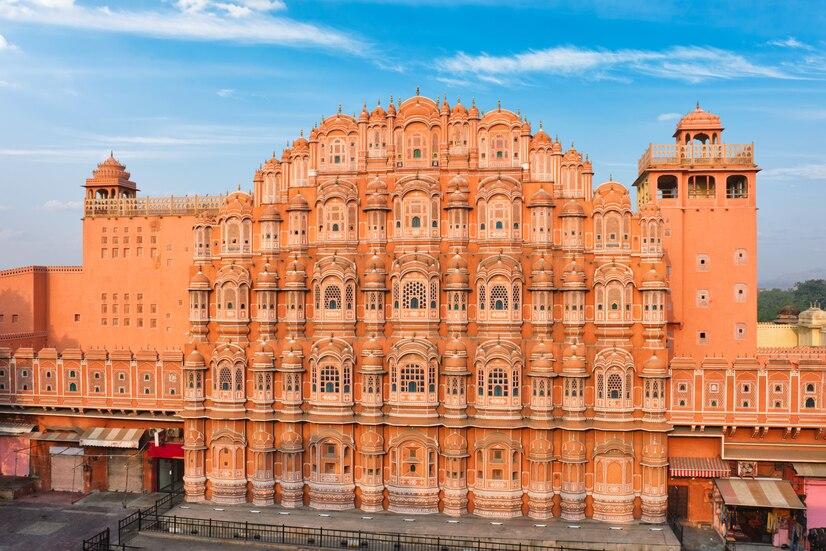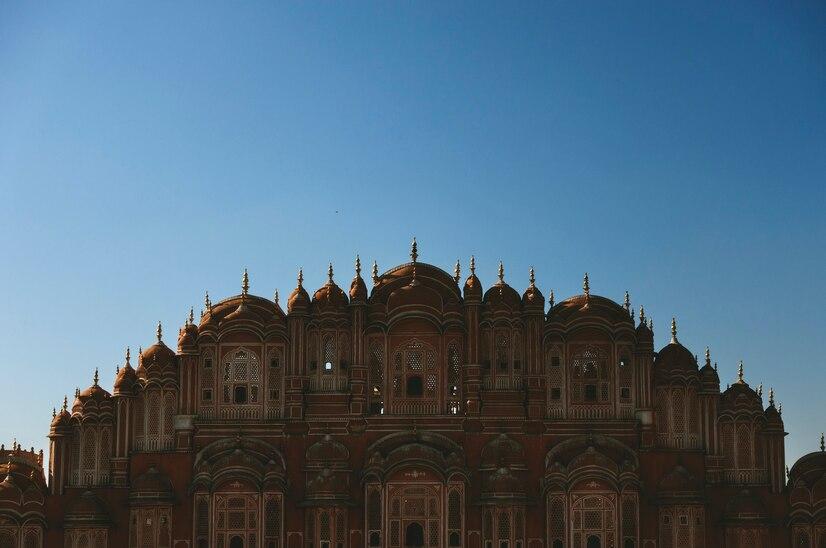



Table of Contents
- Introduction
- Historical Background
- Urban Planning and Architecture
- Architectural Highlights
- Cultural and Economic Significance
- Modern Jaipur
- Legacy
- Conclusion
- Faq's
Introduction
Jaipur, the capital city of Rajasthan, holds the distinguished title of being India's first planned city. Established in 1727 by Maharaja Sawai Jai Singh II, Jaipur is a marvel of urban planning and architectural brilliance. Designed by the renowned Bengali architect Vidyadhar Bhattacharya, the city was meticulously laid out according to ancient Indian principles of Vastu Shastra and Shilpa Shastra. Known as the "Pink City" for its signature terracotta-colored buildings, Jaipur stands as a symbol of India's rich heritage, blending historical significance with innovative urban design. Today, Jaipur is not only a cultural and economic hub but also a UNESCO World Heritage Site, celebrated for its well-preserved historical landmarks and vibrant cultural life.
Historical Background
 Pink City of Jaipur
Pink City of Jaipur
Founder: Maharaja Sawai Jai Singh II, the ruler of Amber, founded Jaipur with the vision of creating a well-planned, fortified city.
Year of Establishment: The city was established in 1727.
Architect: The city was designed by Vidyadhar Bhattacharya, a Bengali architect and scholar of the Shilpa Shastra, the ancient Hindu texts on architecture.
Urban Planning and Architecture
Grid System: Jaipur was designed based on the principles of Vastu Shastra and Shilpa Shastra, incorporating a grid system with streets and blocks in a grid-like pattern, which was innovative for its time. The city is divided into nine blocks (known as chowkris), with broad streets running from east to west and north to south.
City Layout: The city is structured into sectors separated by wide streets, and each sector has its own market and residential areas, following a systematic layout.
Gates and Fortifications: The city is surrounded by walls with seven fortified gates, providing security and adding to its grandeur. The gates are named Ajmeri Gate, Sanganeri Gate, Chandpole Gate, etc.
Architectural Highlights
Pink City: Jaipur is famously known as the "Pink City" because of the distinct pink color used to paint its buildings. This tradition started in 1876 when the city was painted pink to welcome the Prince of Wales (later King Edward VII).
Hawa Mahal: The Palace of Winds, an ornate five-story structure with 953 small windows, allowing the royal ladies to observe street festivals while remaining unseen. Hawa Mahal Palace
Hawa Mahal Palace
City Palace: A stunning blend of Mughal and Rajput architecture, the City Palace complex includes courtyards, gardens, and buildings like the Chandra Mahal and Mubarak Mahal.
Jantar Mantar: An astronomical observatory built by Maharaja Jai Singh II, featuring the world's largest stone sundial and several other architectural astronomical instruments.
Amber Fort: Located on the outskirts of Jaipur, this majestic fort combines elements of Hindu and Mughal architecture.
Cultural and Economic Significance
Cultural Hub: Jaipur is a vibrant cultural hub, known for its traditional crafts, textiles, jewelry, and arts. It hosts numerous festivals like the Jaipur Literature Festival and Teej.
Economic Growth: Over the years, Jaipur has grown into a major tourist destination, attracting visitors from around the world. It's also an important center for gemstone cutting, jewelry manufacturing, and handloom industries.
Modern Jaipur
Urban Expansion: While the old city of Jaipur retains its historic charm and architectural integrity, the city has expanded beyond its original walls with modern infrastructure, educational institutions, and industrial areas.
Tourism: Jaipur is a key part of the "Golden Triangle" tourist circuit, along with Delhi and Agra, making it one of the most visited cities in India.
Legacy
Planned City Status: Jaipur's planning and architecture have earned it a unique place in history as India's first planned city, a title that continues to influence urban planning in India.
UNESCO World Heritage: In 2019, Jaipur's walled city was declared a UNESCO World Heritage Site, recognizing its cultural and architectural significance.
Jaipur remains a testament to visionary urban planning, blending tradition with modernity, and continues to be a model for city planning in India and beyond.
Conclusion
Jaipur, India's first planned city, is a testament to the vision and foresight of Maharaja Sawai Jai Singh II. Its meticulously designed layout, inspired by ancient Indian architectural principles, has earned it the nickname "Pink City" and a place in the annals of history as a model of urban planning. With its rich cultural heritage, iconic landmarks, and blend of tradition and modernity, Jaipur continues to captivate visitors from around the world. As a UNESCO World Heritage Site, Jaipur stands as a proud symbol of India's architectural genius and cultural richness, serving as an inspiration for urban development across the country.
explore further
Latest from Did you know?
More from Interactions
Resources
Dwello, for every home buyer, is a way to go from 'I feel' to 'I know', at no extra cost.




